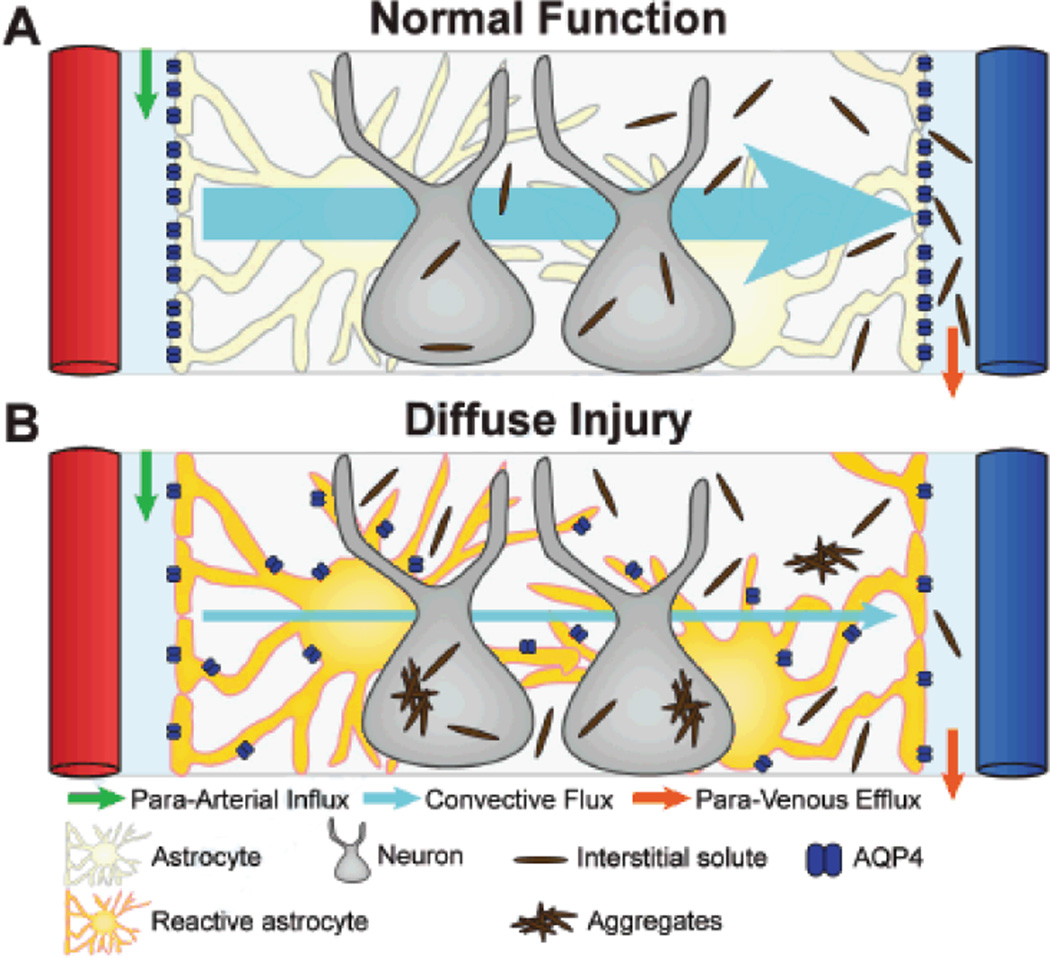Figure 1. Schematic of glymphatic pathway function in normal and diseased brain.
Conceptual framework for the failure of glymphatic interstitial solute clearance after diffuse injury. (A) In the healthy brain, CSF from the subarachnoid space rapidly enters the brain along paravascular channels surrounding penetrating arteries (green arrow) and exchanges with brain ISF. ISF and solutes are cleared to paravascular spaces surrounding large caliber draining veins (orange arrows). Convective bulk fluid flux between the paravascular CSF influx and ISF efflux pathways is facilitated by astroglial water transport through AQP4 expressed exclusively along perivascular astrocytic endfeet. This convective bulk flow facilitates the clearance of interstitial solutes from the brain. (B) Reactive astrogliosis that occurs after diffuse injury such as microinfarction or mild traumatic brain injury causes in the mis-localization of AQP4 from the perivascular endfeet to the rest of the astrocytic soma. This results in the loss of efficient interstitial bulk flow, and the failure of glymphatic interstitial solute clearance and may contribute to the deposition of extracellular and intracellular protein aggregates (such as amyloid β or tau) after diffuse injury.

